Customizing 101: The alternate options in masking and painting…
If you are new to this column, it is truly meant to be read from the beginning to the most recent.
Please start with the first installment, "What are Designer Toys?"
We'll be taking a slight break from our normally scheduled customizing guide to investigate other options I could've used up until this point. It has been noted that I mentioned a variety of primer's in my article regarding priming your piece, but that the notation of various other mediums was more scant in the masking and painting installments. So, in an effort to please, here's a bit more on those aspects.
Masking
I used standard, run-of-the-mill masking tape which, in direct opposition of the name, isn't an ideal choice; just the one I'm used to. I happens to have a higher adhesion level than other options, which means it might tear off paint if you aren't careful when removing it. Perfectly suited for covering up joint nubs, since it will stay in place longer, it is less ideal for other masking needs.
One of the primary alternate choices is artist tape, which comes in a variety of colors but most people associate with blue. It is less adhesive but strong enough to cleanly cover an area for a limited duration. Also made thinner and out of a more rubbery material, it does tend to conform to shapes tighter and, thus, better.
Another popular option is liquid masking film, which is applied as a liquid but hardens into a temporary rubber-like shell. The most popular version of this, to my knowledge, is made by Talens and can be bought HERE. Intended mainly for use with water colors and gouaches, I'm told it works perfectly on customs as well. In all honesty, this is probably what my undermask (the one under the primer) should've been made of… but since I knew it would need to be in place weeks while I slowly worked on the custom for the article, I knew it would become rather difficult to remove.
Something from my old stencil days works on customs rather well too for detail masking: a clear acetate sheet and spray adhesive. You cut your design into the acetate stencil sheet, then spray adhesive the back, wait a few minutes and apply to your custom. This works better for bigger pieces, in my experience, and you have to be careful of the spray adhesive will leave a filmy residue.
Something I've never tried but that the artist Task One swears by is pet hair sticky paper. I know it sounds weird, but I'm told it adheres perfectly for short time periods and is not only easy to remove (without leaving any residue) but is nearly impossible to tear paint off with. Certainly something to experiment with, as it sounds ideal in many ways!
Painting
I mainly use spray paints because, once again, that is what I am most comfortable with. But the application of color can be achieved with anything that you want, really. Just, as I've said before, avoid using oil-based paints/markers as they will never dry quite right.
Painting is the aspect that you can go nuts on. Some people use Sharpie™ pens while others like the splattered look of a paint-soaked toothbrush being flicked. You don't simply have to use one style, do whatever works best for the piece you are creating. The more techniques you become comfortable with, the more diverse and varied your creations will be.
The only thing I can't emphasize enough is that you should strive for tonality and not a single, flat color. Acquire lighter and/or darker shades and do multiple passes. The more work you put into the colors used, the more depth your custom will have.
Next Week: How to detail paint your custom figure (part two).
.png)





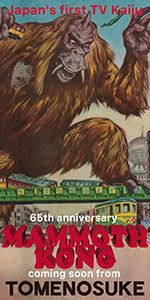
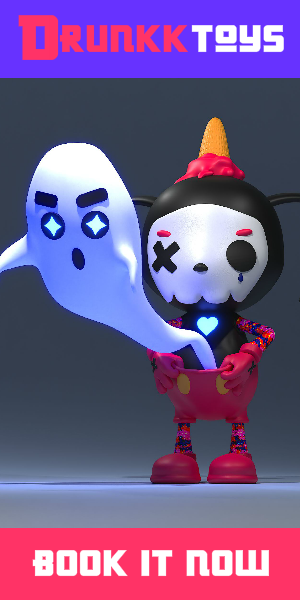









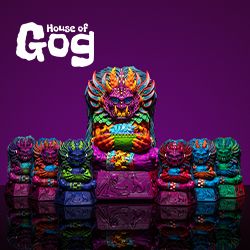


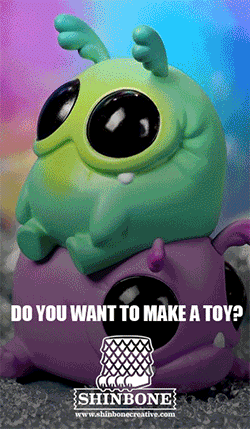
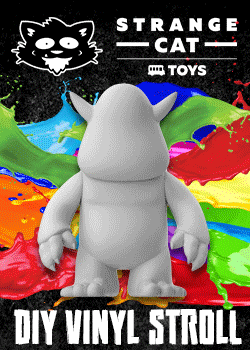
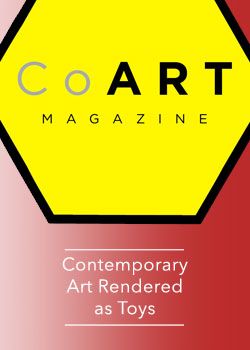
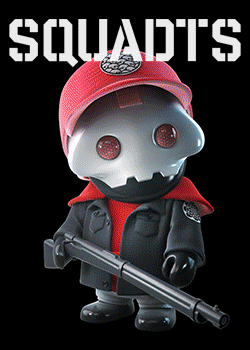

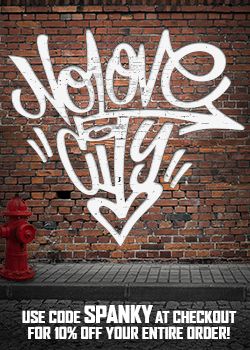
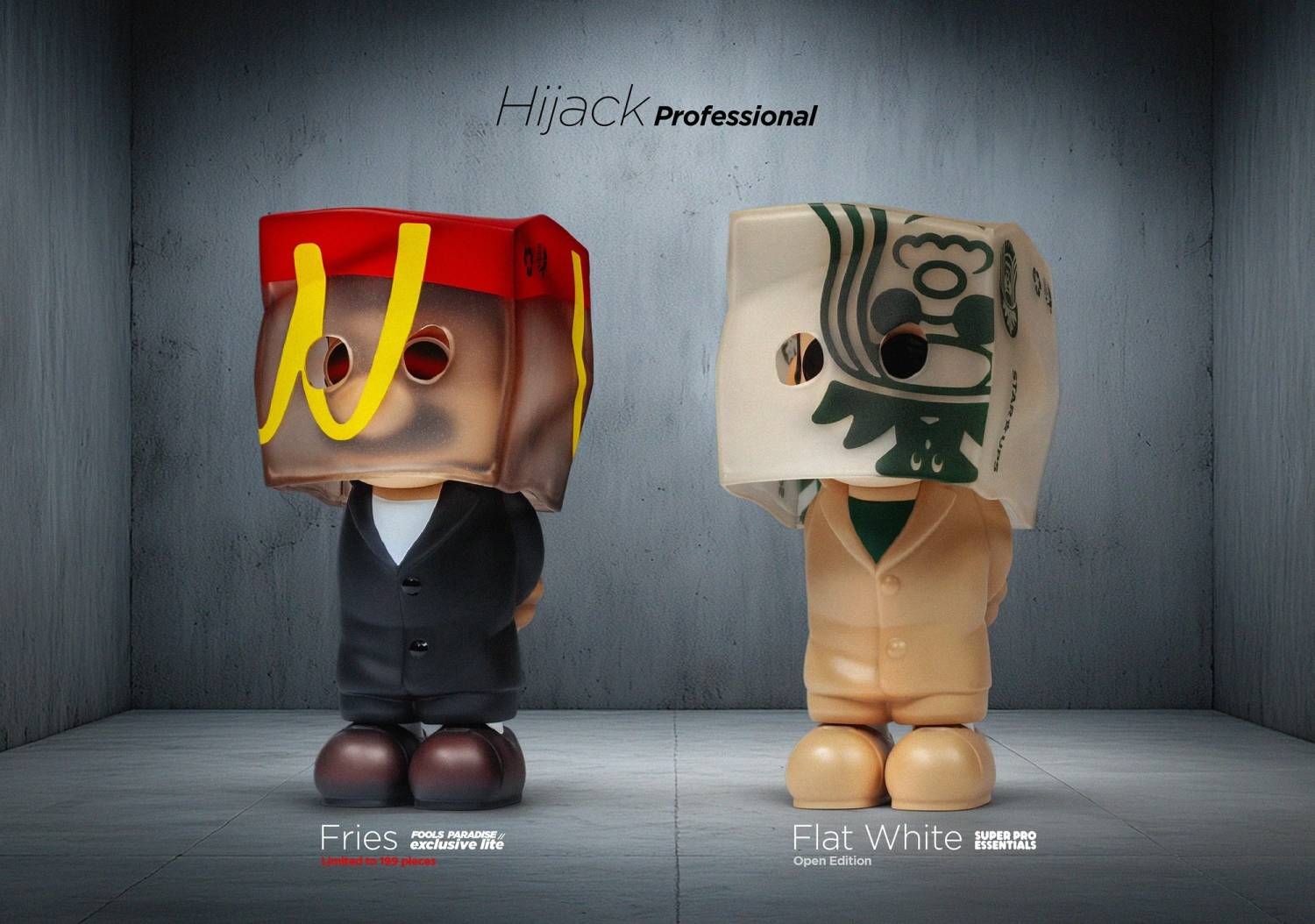


No comments
Post a Comment